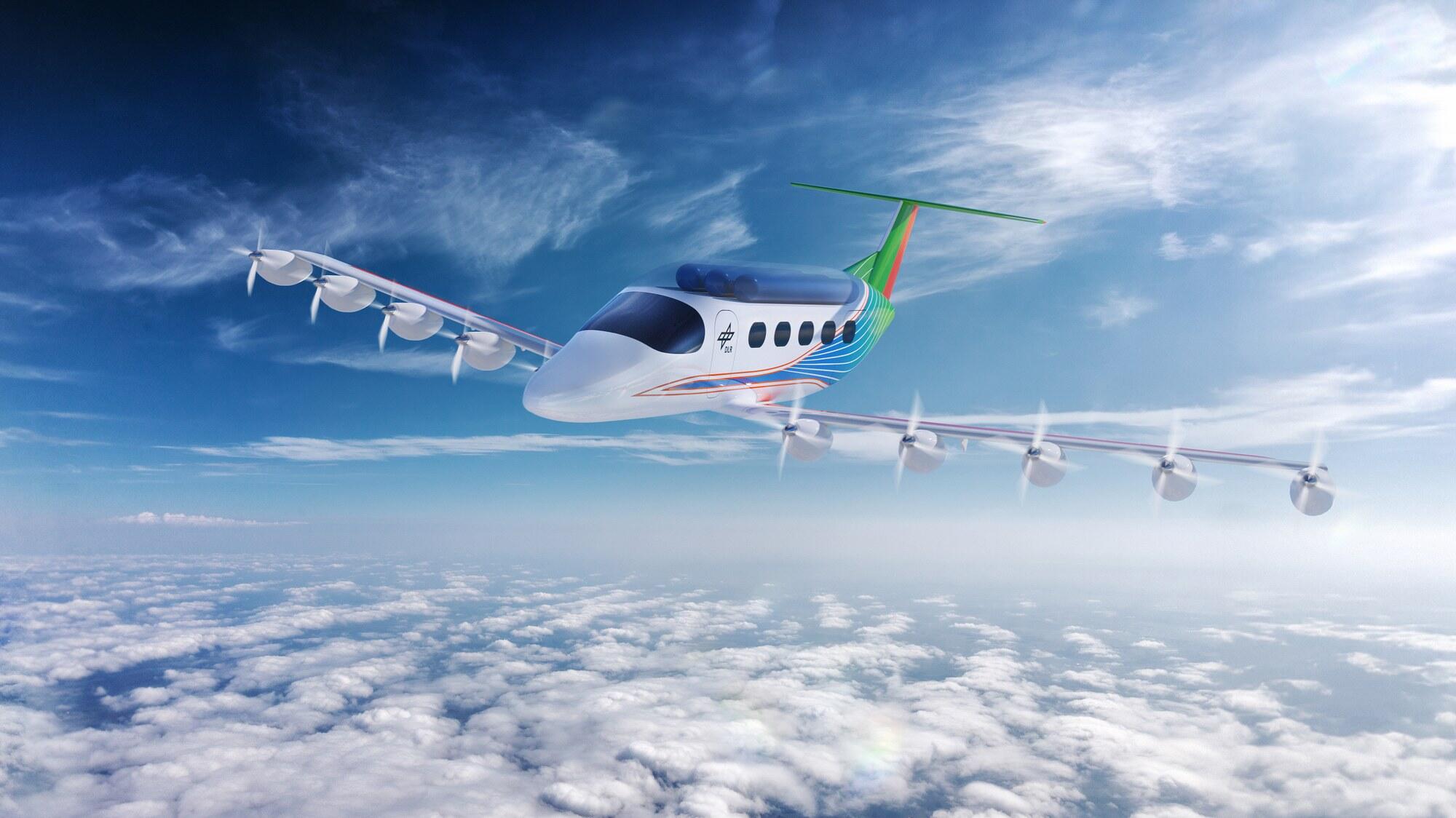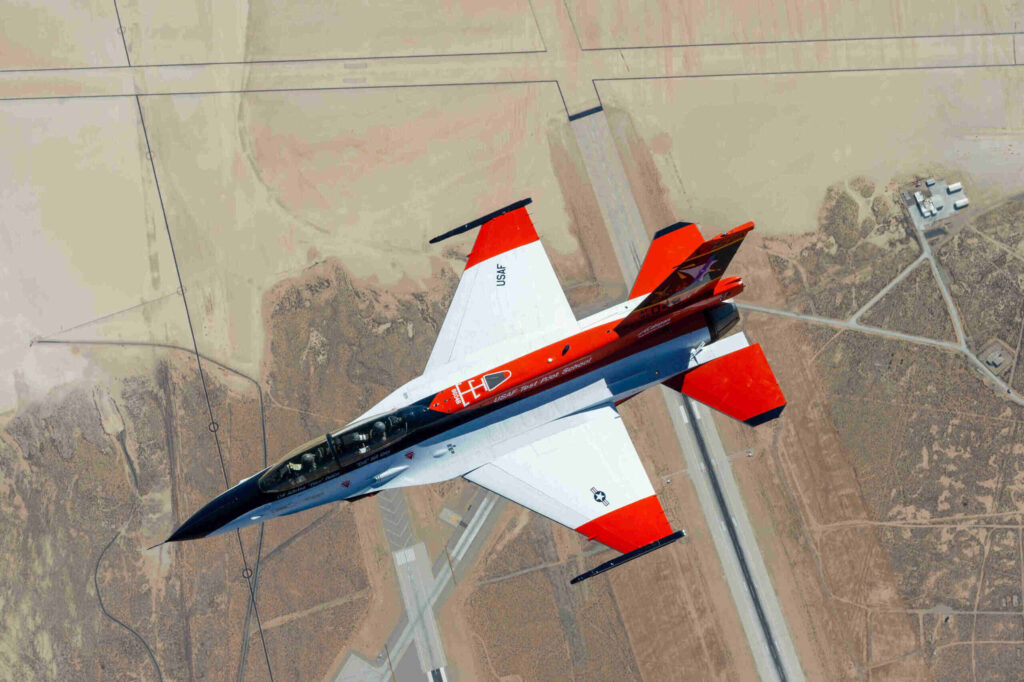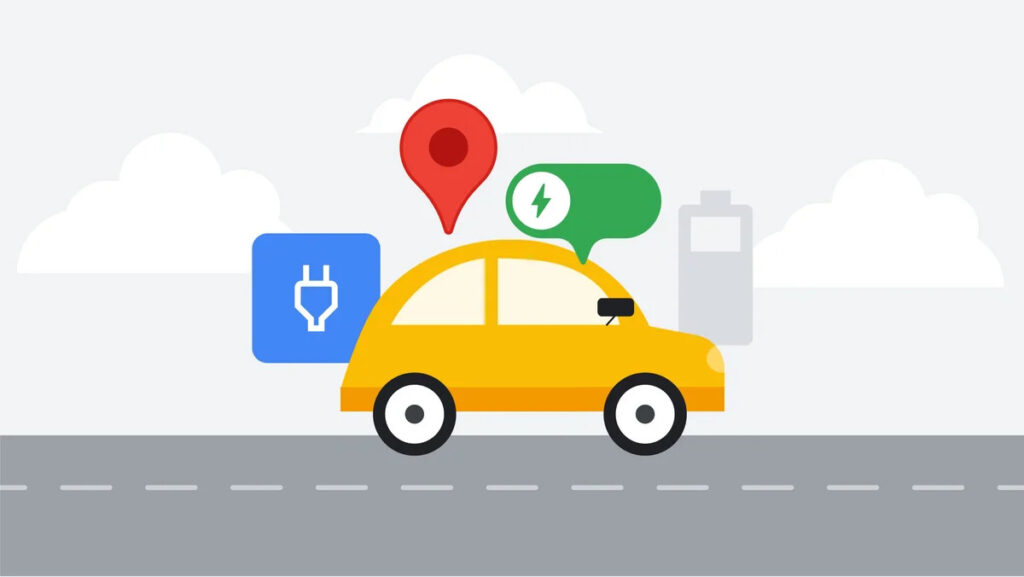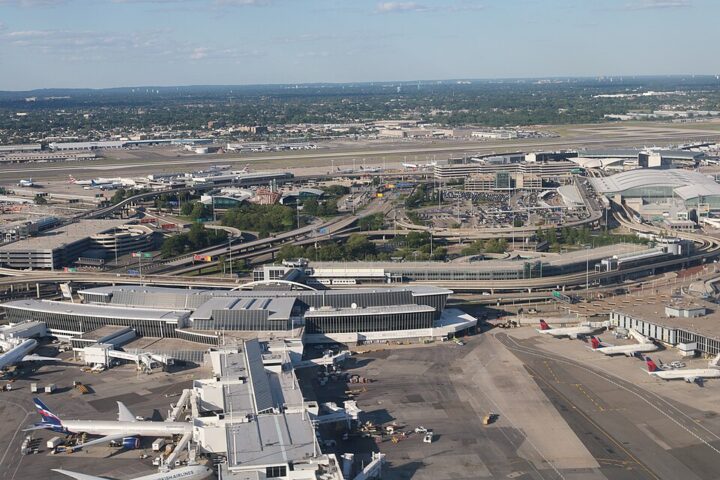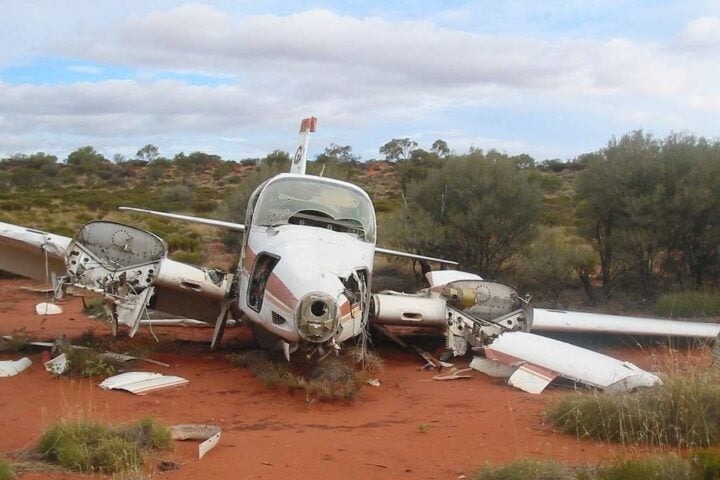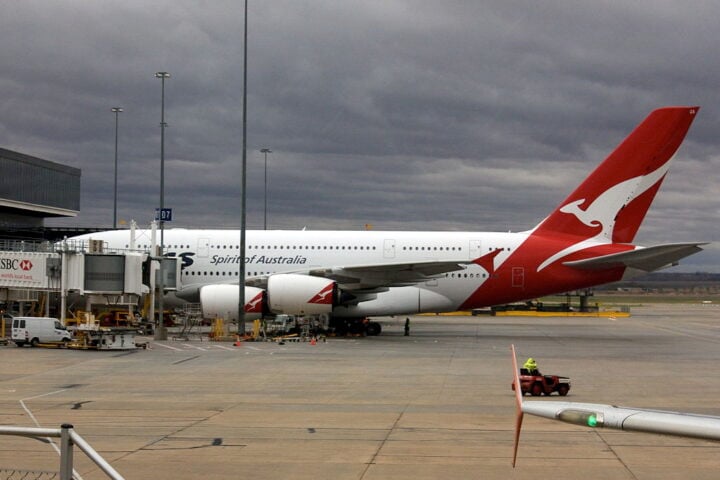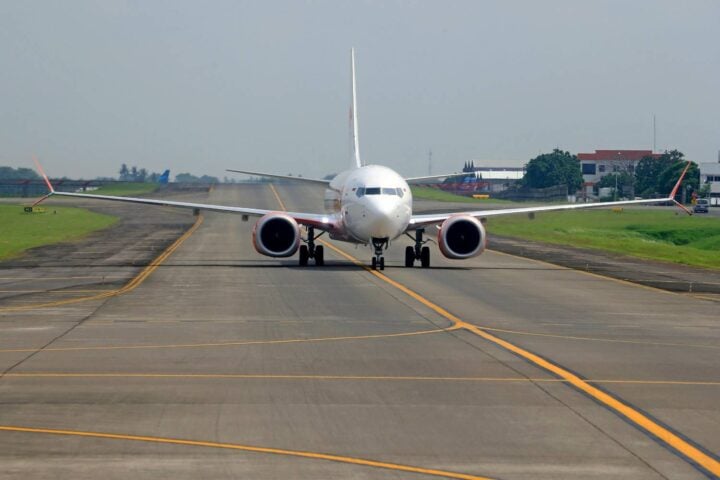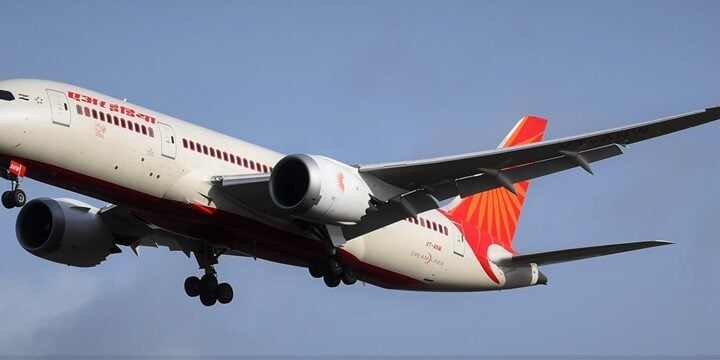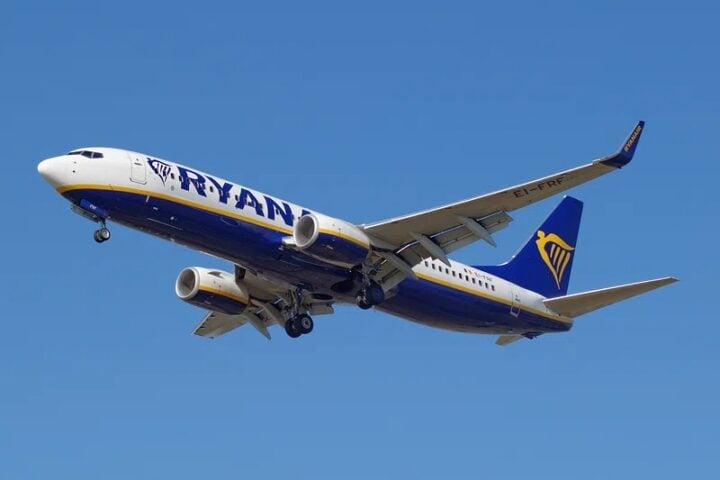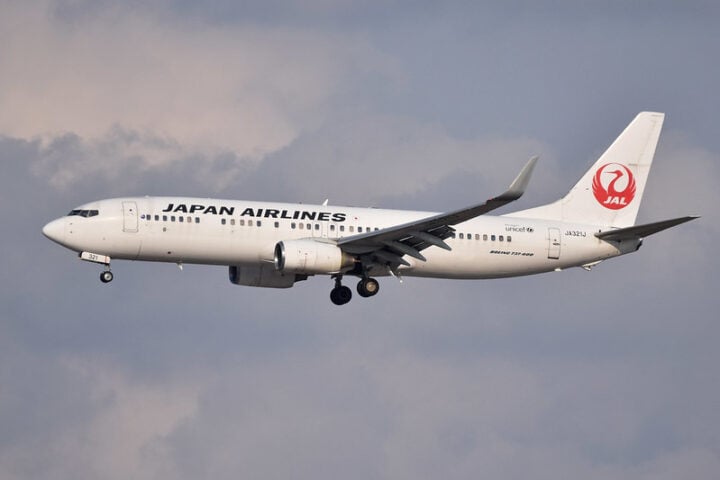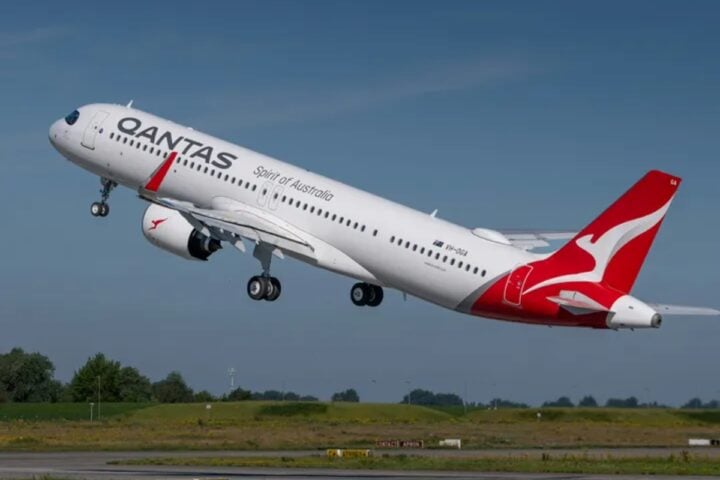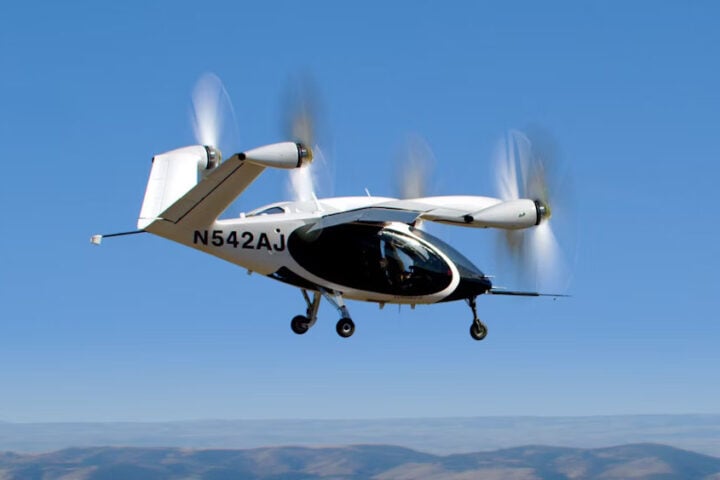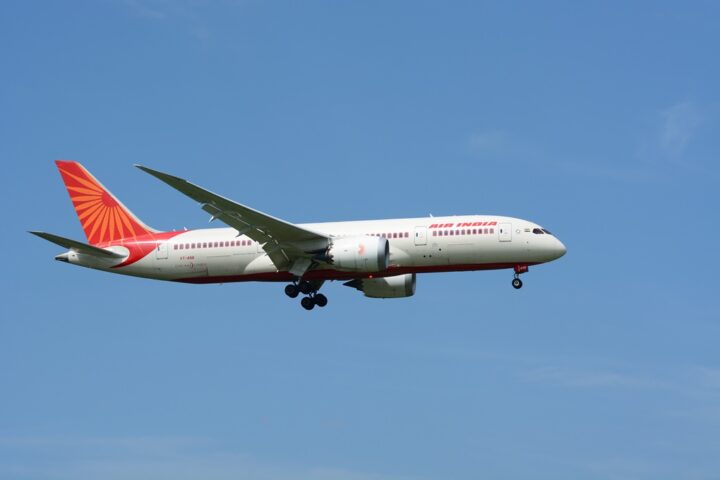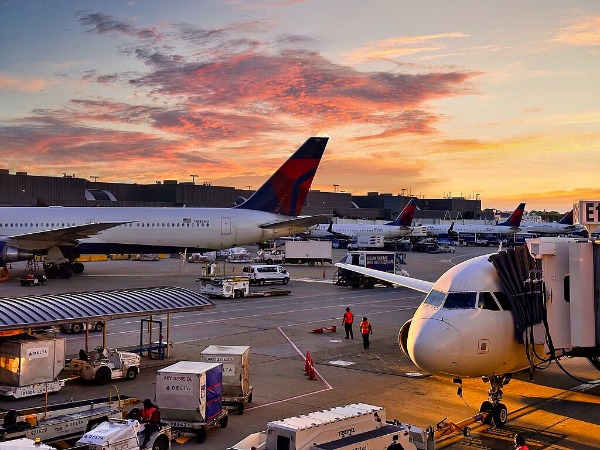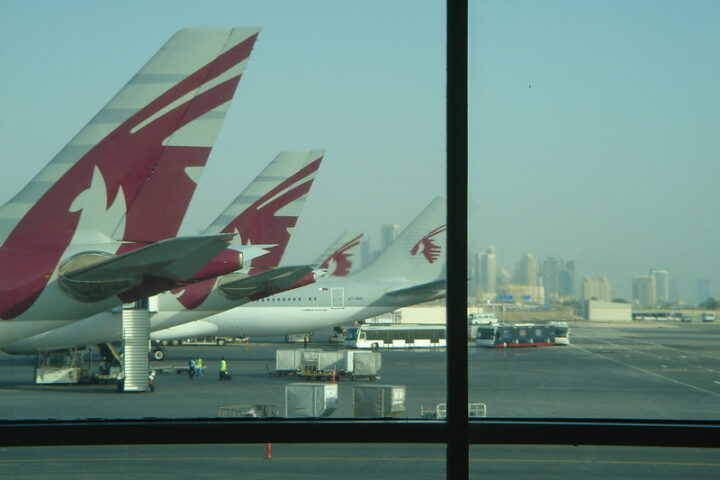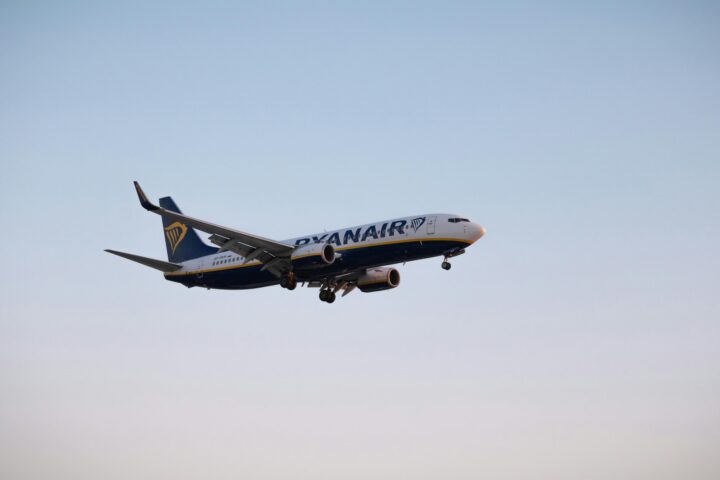On the occasion of the Aero fair in Friedrichshafen, the German Aerospace Center (DLR) is showcasing concepts for climate-friendly small and regional aircraft, including a concept for a short-range aircraft with nine seats and an electric 50-seater for regional air travel. A technological focus of these aircraft is the hydrogen fuel cell drive. The unique research aircraft for small aviation, the Discus-2c DLR, can be seen at the fair.
“Electric propulsion systems with batteries and, in particular, fuel cells and hydrogen as energy sources will play a key role for small and regional aircraft in the future,” says Dr.-Ing. Markus Fischer, DLR’s aviation division head. “At AERO 2024, we will be showcasing examples of our research that are driving the development of climate-friendly aviation from small to large aircraft, in line with DLR’s aviation strategy.” Sustainable drives and concepts can be introduced and tested relatively easily on shorter routes with fewer passengers, before being more broadly applied.Therefore, DLR is increasingly committed to researching, developing, and testing climate-friendly small and regional aircraft.
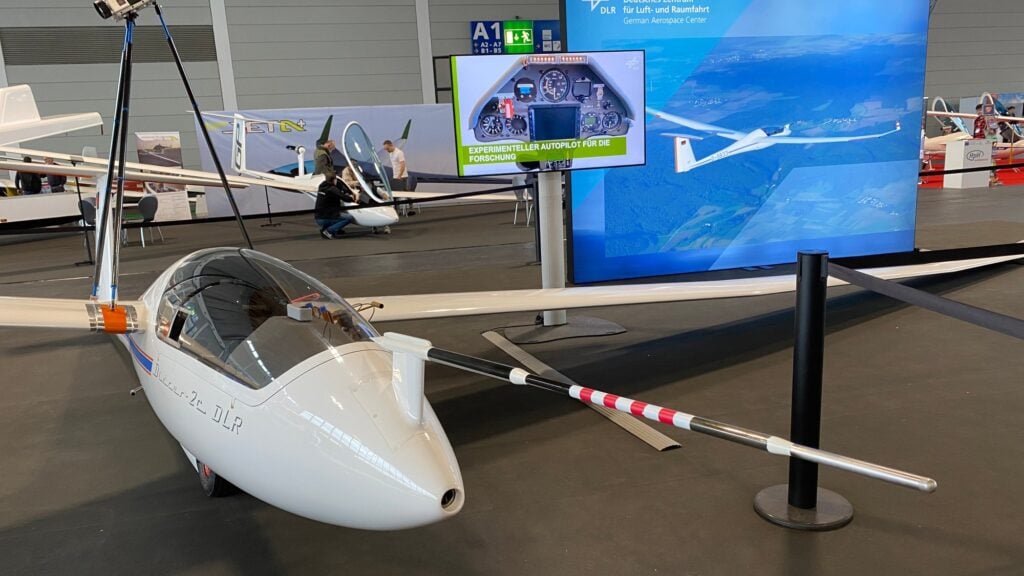
Two institutions founded in recent years, the Cottbus Institute for Electrified Aviation Drives and the Facility for Small Aircraft Technologies with an interdisciplinary innovation center in the city region of Aachen, are conducting research in this area.
The Discus-2c DLR represents a new generation of research aircraft in small aviation in almost every aspect. It is based on a widely used high-performance glider with an 18-meter wingspan, largely made of carbon-fiber-reinforced plastic. The research with this unique research glider in Europe goes far beyond pure aerodynamics and includes aspects of flight mechanics, aeroelasticity, measurement technology, human-machine interaction, and certification. In the area of digitalization, the Discus-2c DLR serves as a prototype for the development and research of a Digital Twin. It also serves as a reference aircraft for performance measurement of new glider models. The fuselage and wings contain 48 strain gauges to measure loads in various flight conditions.
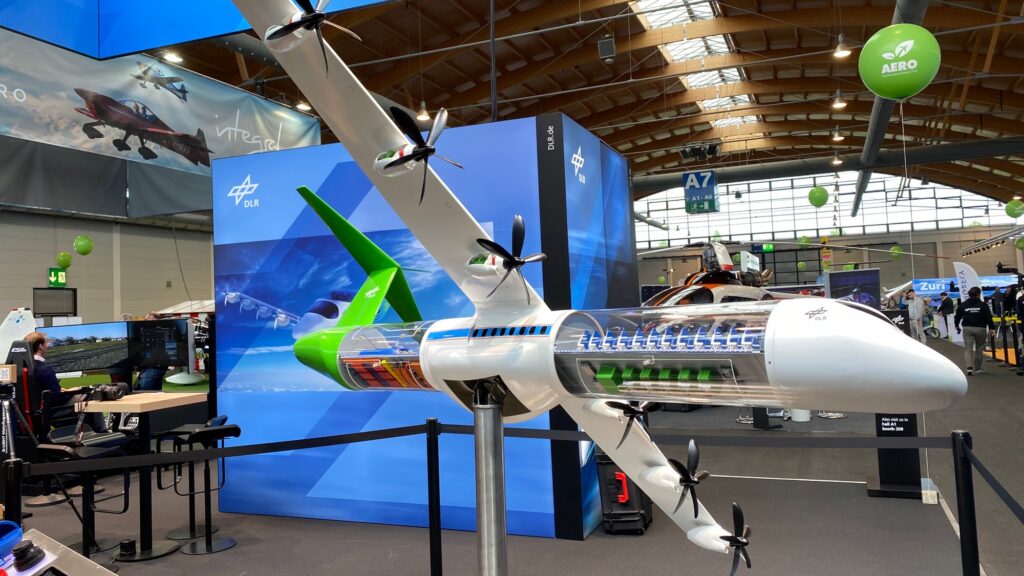
In addition, the aircraft has 22 measurement points with fiber Bragg gratings that can very accurately measure the deflection of the structure. Furthermore, the Discus has magnetic field probes and accelerometers at various points of the structure, sensors on all control surfaces, an inertial measurement unit in the fuselage, and a nose mast with probe for detecting flow angles. The aircraft’s fuselage provides ample space in a special storage area for further extensive measurement technology.
Due to their high flexibility, small aircraft are used for various tasks, such as feeder flights, medical operations, or supplying remote regions. A promising approach to making these aircraft climate-friendly in the future involves using an electric fuel cell drive powered by climate-neutral hydrogen. As part of the D-LIGHT (Digital Climate Neutral Light Aircraft) project, DLR is developing innovative methods for designing a hydrogen aircraft with an electric fuel cell drive.
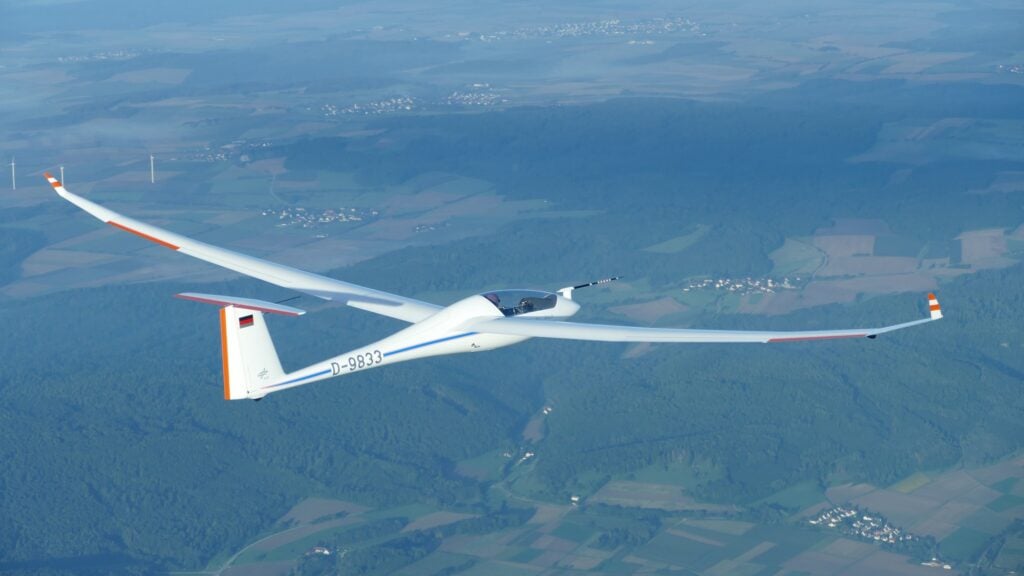
Similar Posts
Various technology modules and processes are investigated, modeled, and unified in a digital design environment. This enables automated concept development and an accelerated design process. The tools developed are used to design a hydrogen-powered small aircraft with nine seats and create a digital mock-up. At the fair, this novel aircraft concept can be experienced in the flight simulator.
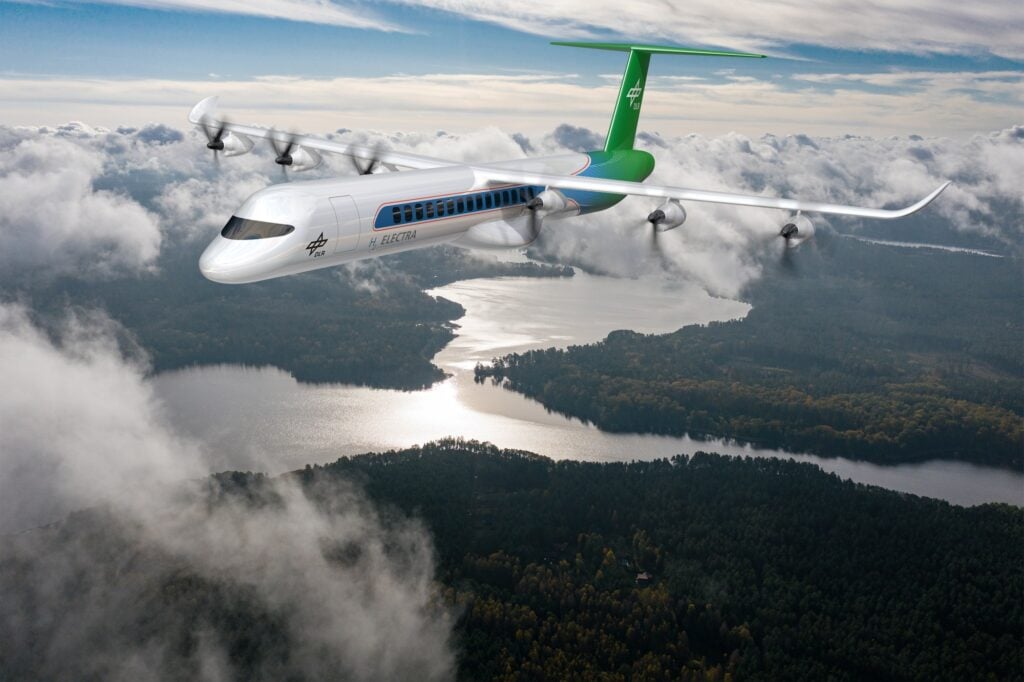
For aircraft designed to carry around 50 passengers, DLR demonstrates the possibilities for future aircraft powered by hydrogen and fuel cells, electrically or even hybrid-electrically, with the model “H2ELECTRA”. Using interchangeable components, different configurations of drive architectures, novel technologies, and various integration concepts can be visualized on the model. This 1:10 scale model with a wingspan of almost three meters visualizes the holistic system approach and the diverse options for electrifying regional aircraft in the future. A variant with an integrated propulsion train installed in the fuselage is on display at the exhibition stand, showing technological possibilities and future perspectives for aviation and addressing current core topics of electric flying, its potentials, and challenges.
The software tool Airfox is used to design and simulate fuel cell systems in aviation. It is based primarily on experimental data, supplemented by the modeling of auxiliary systems at different levels of detail. The complete model aids in determining system behavior at all points of a flight mission, leading to the overall system design. Visitors can enter aircraft data at the DLR stand to calculate the necessary fuel cell system. Additionally, DLR is also participating in the AERO Hydrogen & Battery Summit and the conference “Infrastructures for the Future at Airfields and Airports” during the fair.
